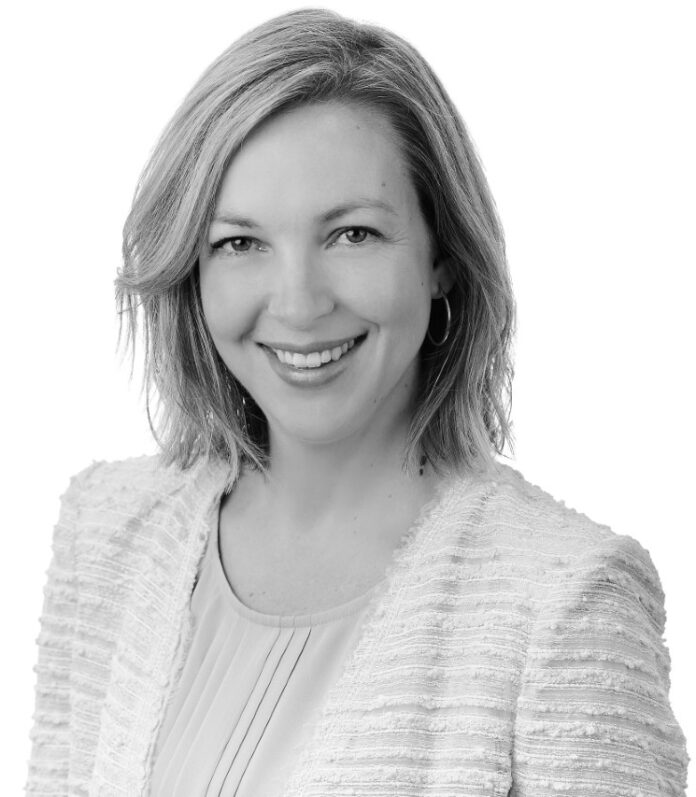BOSTON– Greater Boston added 10 million square feet of Life Sciences space during the last 10 years, and currently has an additional 7 million square feet of Life Sciences space in the development pipeline for delivery until 2023, according to officials at JLL.

“Through 2023, an additional 7 million square feet will be added to Greater Boston life sciences supply, and 60 percent of that is currently pre-leased,” said Julia Georgules, a Senior Vice President and the Director of Research for JLL’s New England region.
She said the total life sciences space in Greater Boston has grown to 27 million square feet in 2020 from 17 million SF in 2010.

Don Domoretsky, the head of JLL’s Life Science Practice in Boston, said life sciences market, which includes lab and manufacturing, is booming.
The prime example of this trend is that the four life sciences facilities that were developed recently totaling over one million square feet were “nearly” 100 percent leased upon delivery. They include 75 Hayden Ave, Lexington; Innovation Square (ISQ), Seaport; 238 Main Street, East Cambridge; and Cambridge Discovery Park, West Cambridge.
“This speaks again to life science tenant timing, and their need to occupy space less than 12-months from starting their search process,” Mr. Domoretsky said.
Mr. Domoretsky added that there are approximately 85 active life science tenants in Greater Boston today, requiring a total of approximately 3.9 million square feet.
He said GMP represents about 1.4 Million square feet or 35% of active life sciences space demand. The rest is R&D/lab. GMP and manufacturing are used interchangeably. GMP technically stands for Good Manufacturing Practices, which is a system used to ensure products are produced according to quality standards. Lab requirement includes a portion of office.
According to the JLL 2020 U.S. Life Sciences Outlook, which tracks top markets as well as the growth of nascent markets with growing levels of interest by life science companies and investors alike, Boston has retained its ranking as the leader among U.S. life sciences ecosystems and one of the top recipients of venture capital (VC) investment.
“For the first time, suburban lab demand is double that of Kendall Square,” Mr. Domoretsky said in a statement earlier. “This increase in demand is being fueled by strong development activity in the suburbs, companies re-evaluating their space needs, and a growing need for GMP manufacturing space in close proximity to Cambridge and Boston. In fact, demand for manufacturing space in Greater Boston is the highest it’s been in over five years, representing over 30% of the active life science demand in the marketplace currently. Much of this demand is tied to the success of local cell and gene therapeutics companies ramping up clinical production.”
With over 50 local universities, multiple world-class research hospitals, and over $15 billion of private venture capital investment over the last three years, Greater Boston remains the epicenter of life science activity in the country, if not the world. The amount of scientific research and development firms in Greater Boston has increased by 51% over the last five years, to 1,983 today, according to JLL.
“Investors such as King Street Properties, Alexandria Real Estate Equities and Hobbs Brook Management will continue to look for opportunities to convert existing office space,” said Mr. Domoretsky. “These firms are also seeking opportunities to develop new facilities in core markets like Lexington, Waltham and Watertown; as well as those further afield, such as Marlborough, Westborough and the Middlesex Corridor of Burlington, Billerica and Andover.”


